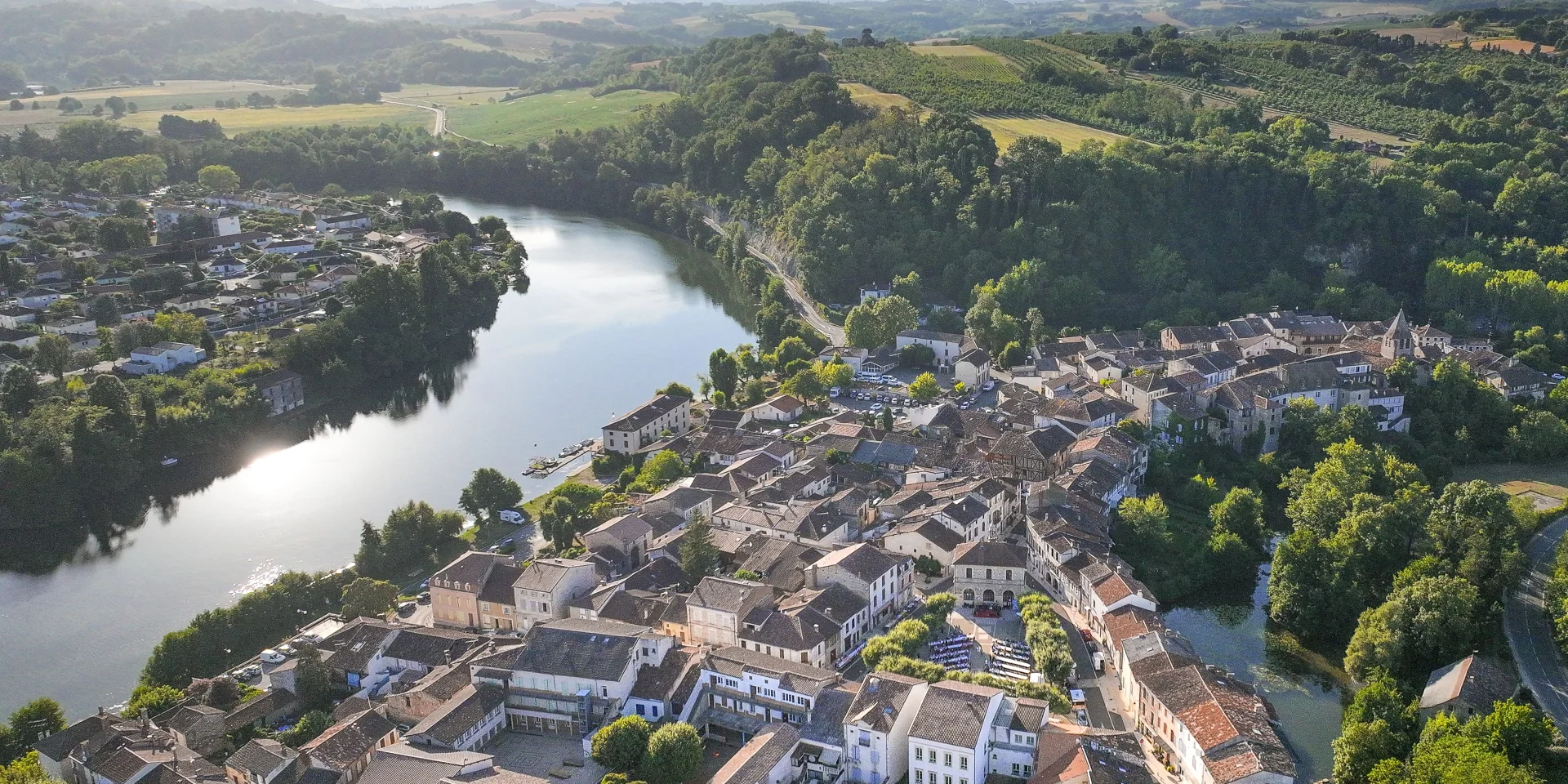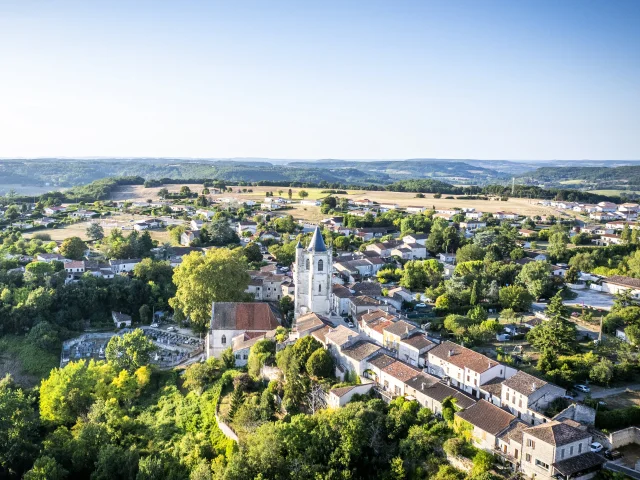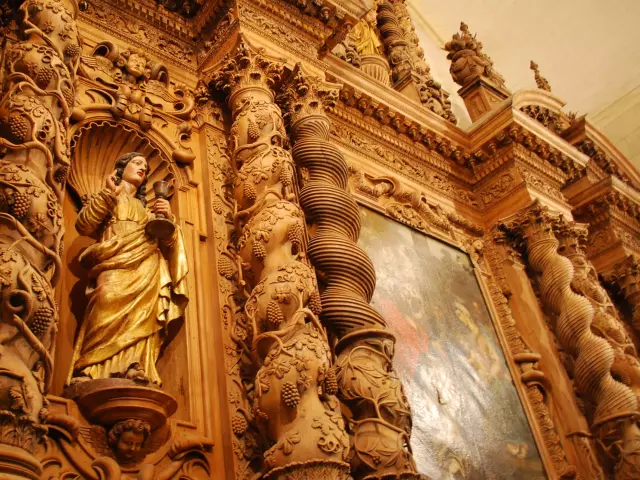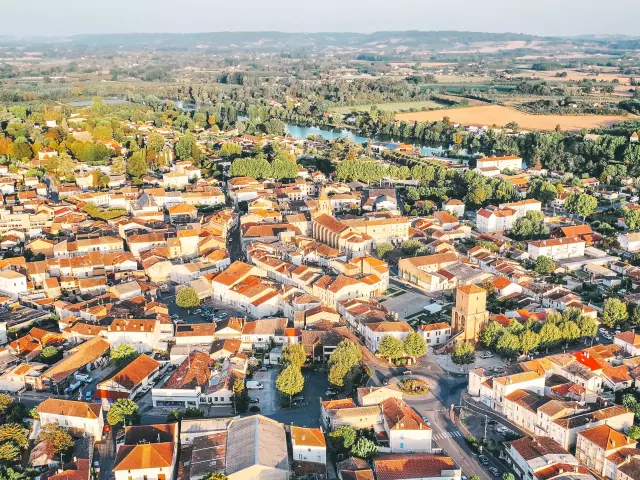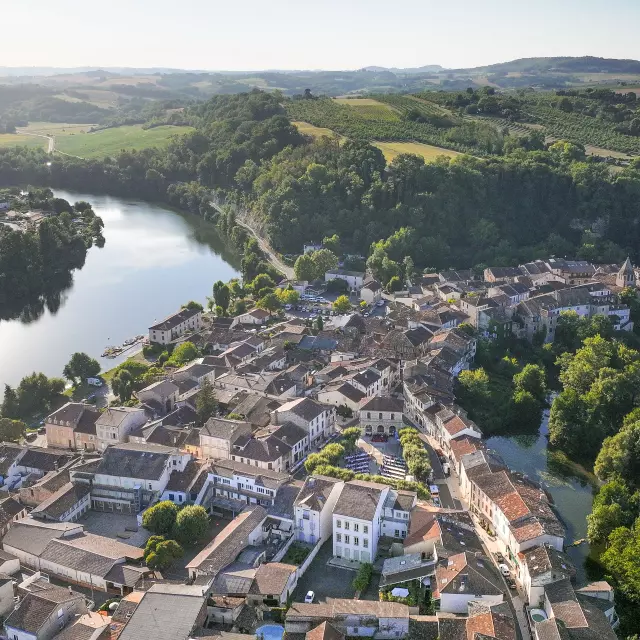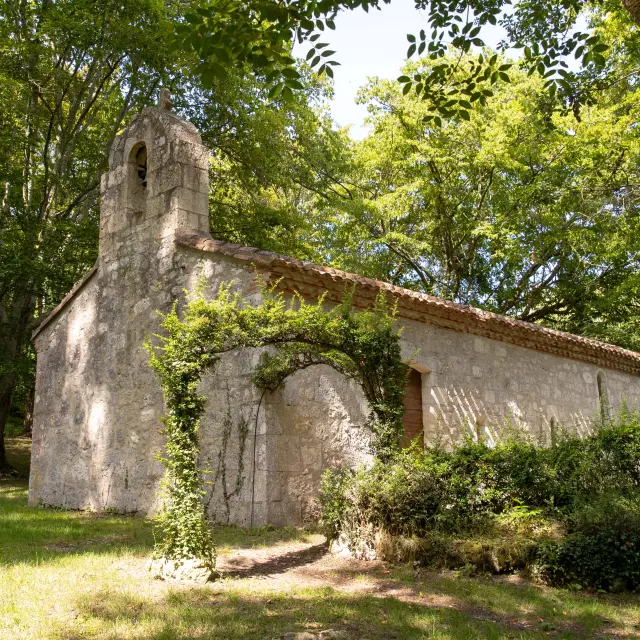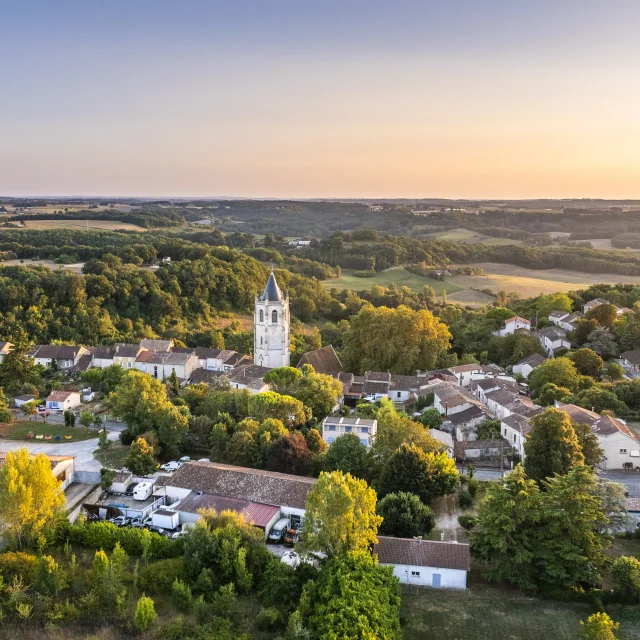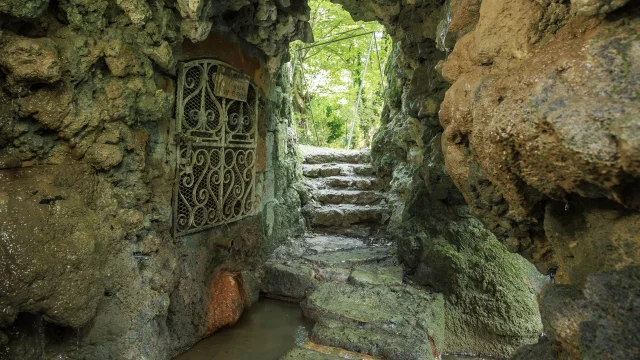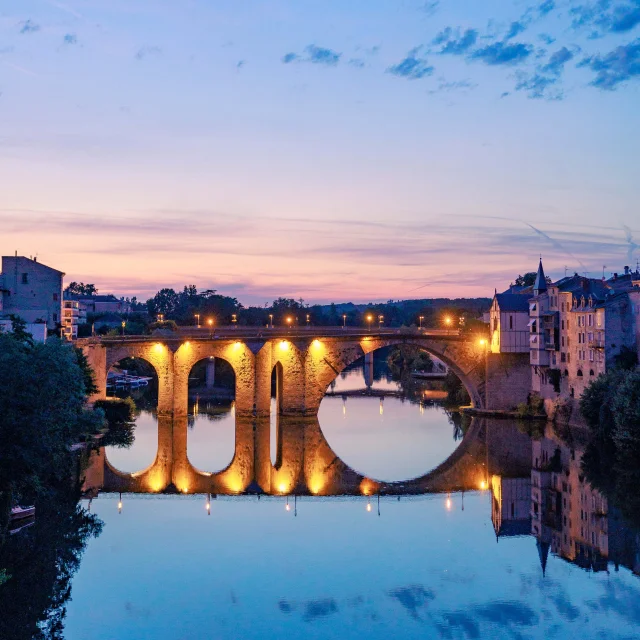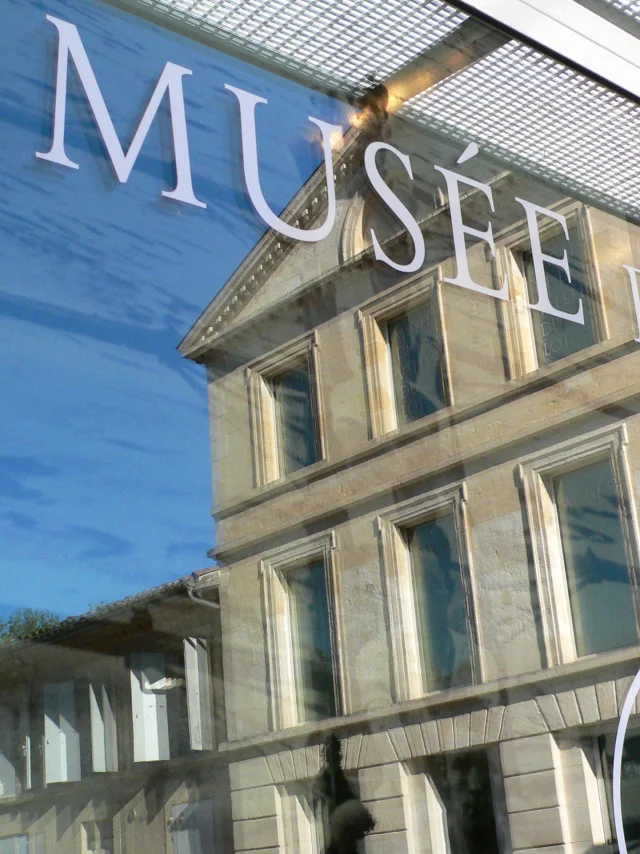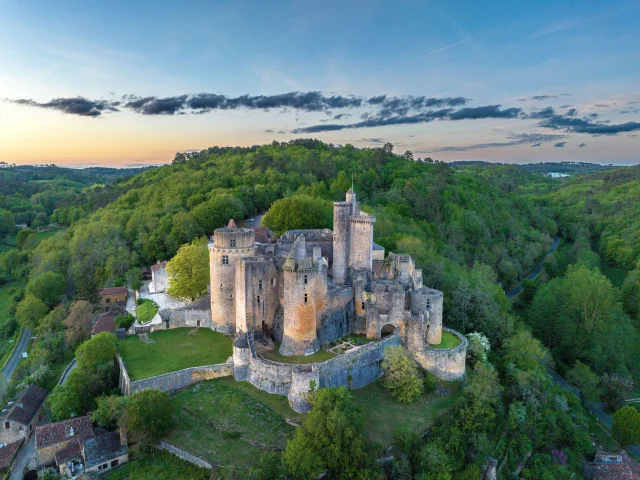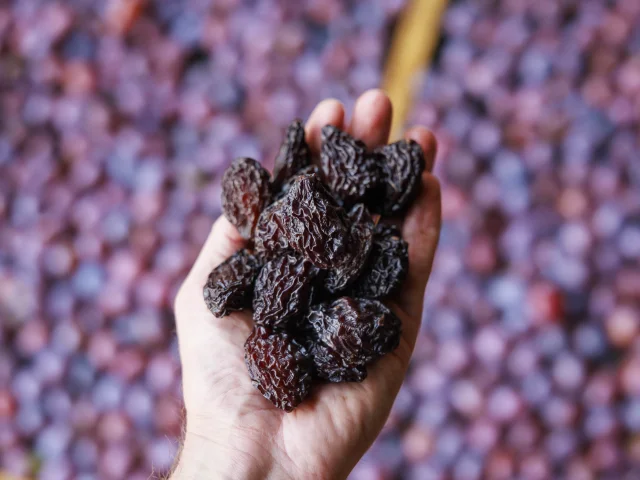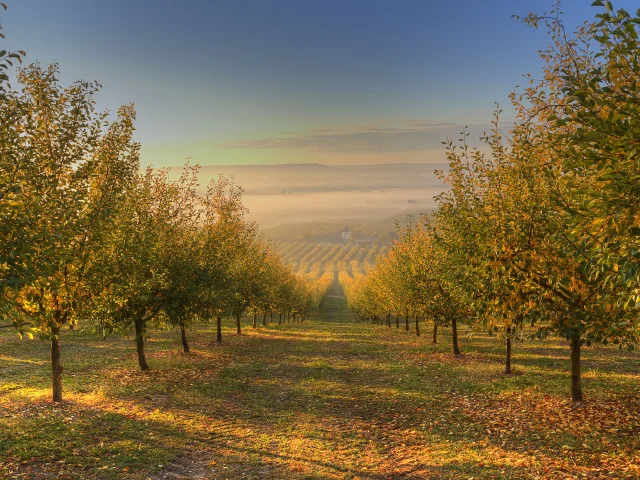Lot-et-Garonne is a region rich in architectural and cultural heritage , offering visitors a real immersion in the history and traditions of an authentic land. Its typical villages, often perched on hillsides or nestling in lush green valleys, are a real treasure trove for lovers of beautiful landscapes.
In addition to its bastide towns, Lot-et-Garonne is packed withancient châteaux, small churches and half-timbered houses that bear witness to its rich past. The beauty of the architectural heritage is enhanced by an exceptional natural environment. Rivers, wooded hills and orchards create a soothing atmosphere around the villages.
In conclusion, Lot-et-Garonne invites you to take a journey back in time, to discover an exceptional architectural and cultural heritage, rooted in a generous natural environment. Each village tells its own unique story, and is a must for those wishing to explore the authenticity and richness of this region of south-west France.
